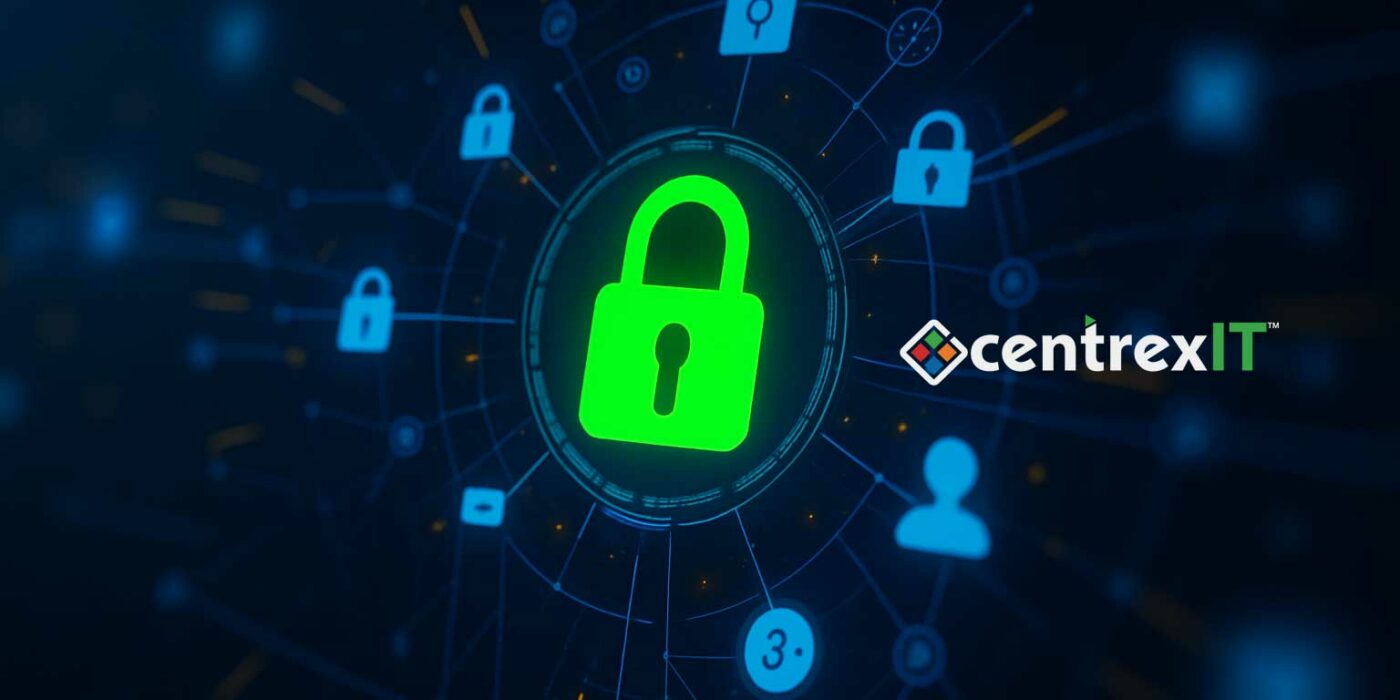For life science executives, cybersecurity often conjures images of regulatory checkboxes and audit spreadsheets. While compliance with GxP, 21 CFR Part 11, and GDPR is critical, true security in our industry demands a vision that extends far beyond meeting minimum requirements. It’s about building a holistic cybersecurity ecosystem that not only ensures data integrity and regulatory adherence but also transforms security into a powerful strategic enabler.
The Compliance Imperative: A Starting Point, Not the Destination
(Good Practice), 21 CFR Part 11 (Electronic Records; Electronic Signatures), and GDPR (General Data Protection Regulation) provide essential guardrails for data management, system validation, and privacy in life sciences. Adhering to these standards is non-negotiable for clinical success and market entry. However, focusing solely on compliance can leave critical gaps in your defense.
- Compliance ≠ Security: A system can be compliant on paper but still vulnerable to sophisticated cyber threats. Cybercriminals don’t follow regulations; they exploit weaknesses.
- Evolving Threats:The threat landscape changes daily, far more rapidly than regulatory frameworks. A compliance-only approach risks being perpetually behind the curve.
- Operational Resilience: Beyond data protection, a holistic ecosystem ensures operational continuity – crucial for maintaining R&D momentum and patient safety.
Pillars of a Holistic Cybersecurity Ecosystem
Building a truly robust security posture involves integrating multiple layers of defense and a proactive mindset across your entire organization.
- Foundational Security: This includes robust network segmentation, strong access controls (Zero Trust principles), multi-factor authentication (MFA), and comprehensive endpoint detection and response (EDR).
- Data Integrity (GxP & Beyond): Beyond just compliance, this means implementing rigorous data validation processes, secure archiving, audit trails, and encryption for both data at rest and in transit. This is vital for maintaining the trustworthiness of R&D data, clinical trial results, and manufacturing records.
- Supply Chain Risk Management: Your security is only as strong as your weakest link. Vet third-party vendors (CROs, CMOs, CDMOs, cloud providers) rigorously, ensuring their security practices align with yours.
- Human Element & Awareness: Your employees are your first line of defense. Regular, engaging cybersecurity training, phishing simulations, and a culture of security awareness are paramount.
- Incident Response & Disaster Recovery: Have a well-defined, regularly tested plan for detecting, responding to, and recovering from cyber incidents. This minimizes downtime and data loss.
- Continuous Monitoring & Improvement: Cybersecurity is not a set-it-and-forget-it solution. Implement continuous monitoring, threat intelligence feeds, and regular security assessments to adapt to new threats and refine your defenses.
centrexIT: Your Partner in Holistic Security
At centrexIT, we understand the unique intersection of innovation, regulation, and cyber threats in life sciences. Our approach is rooted in our core purpose: “We solely exist to take CARE of our people.” This means empowering you to protect your sensitive intellectual property and R&D data with advanced strategies that go beyond mere compliance.
Ready to build an ironclad defense for your innovation?
Our white paper, “Safeguarding Innovation: Advanced Cybersecurity Strategies for IP Protection in Life Sciences,” dives deep into how life science executives can implement a robust security ecosystem that protects your intellectual property and sensitive R&D data. It’s your guide to ensuring your discoveries remain yours.
Safeguarding Innovation: Advanced Cybersecurity
Strategies for IP protection in Life Sciences
Please fill out the following form to download the white paper now!
